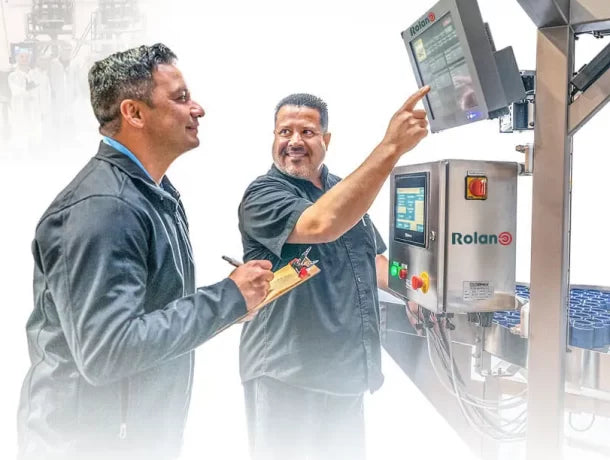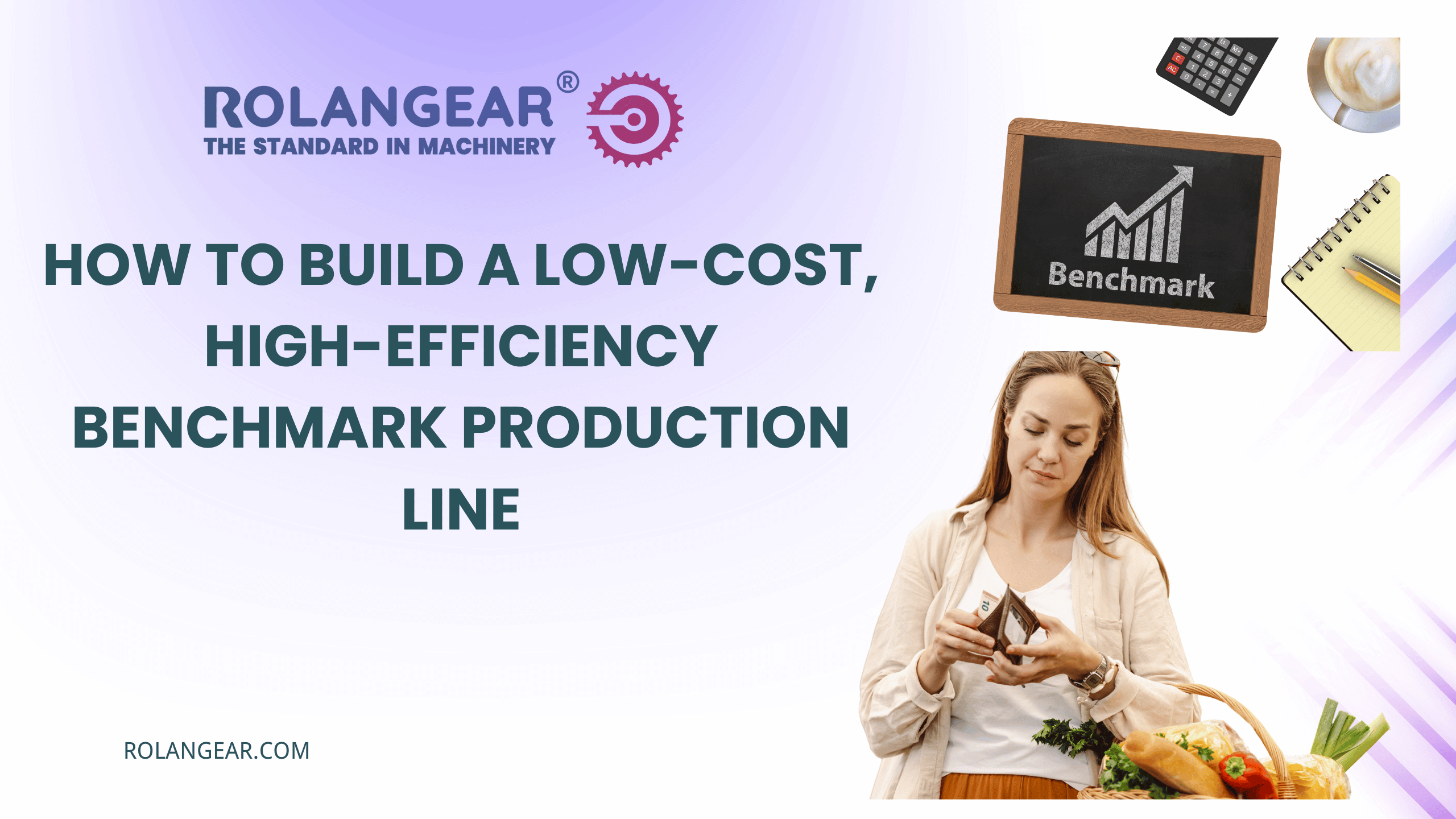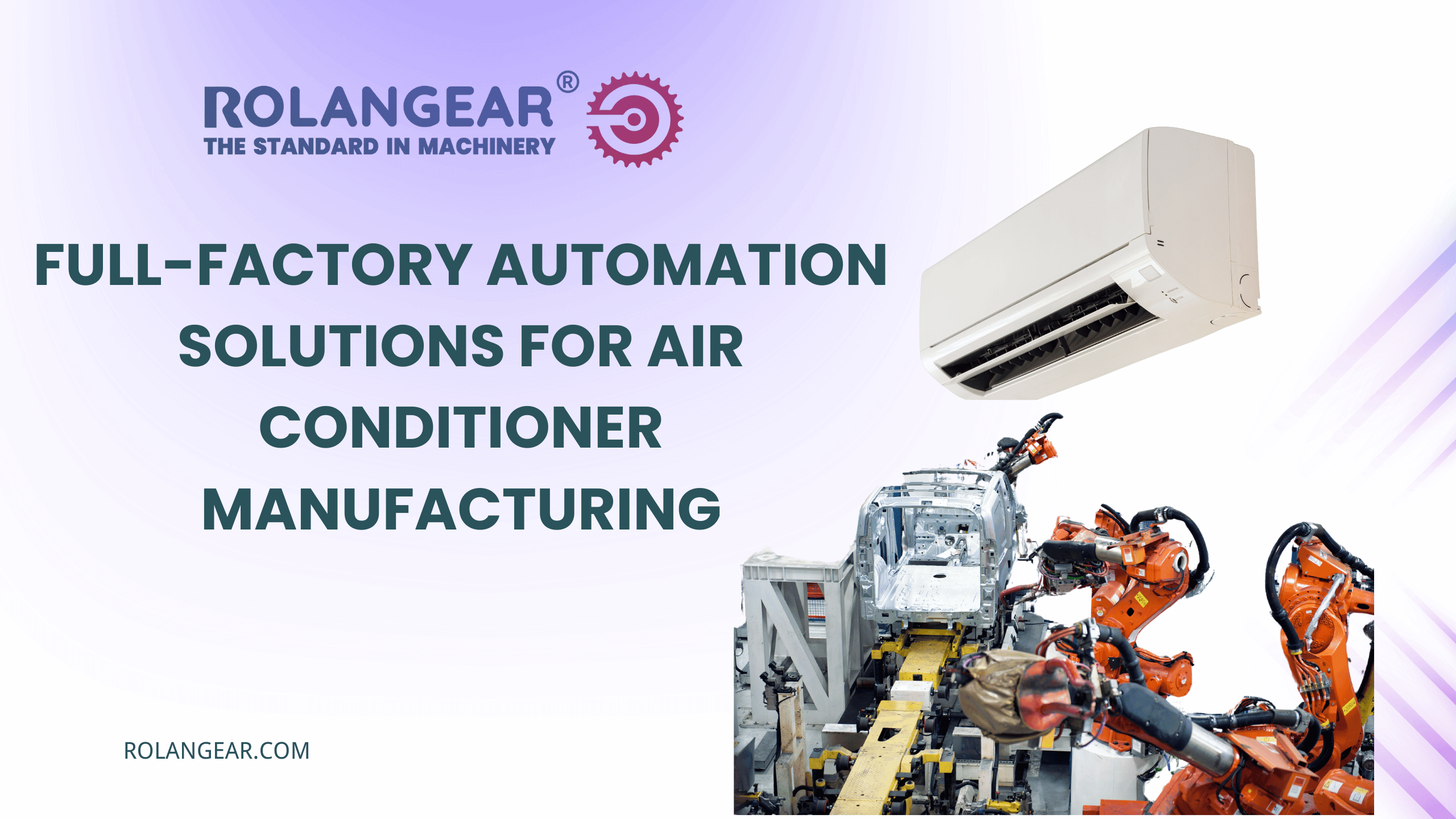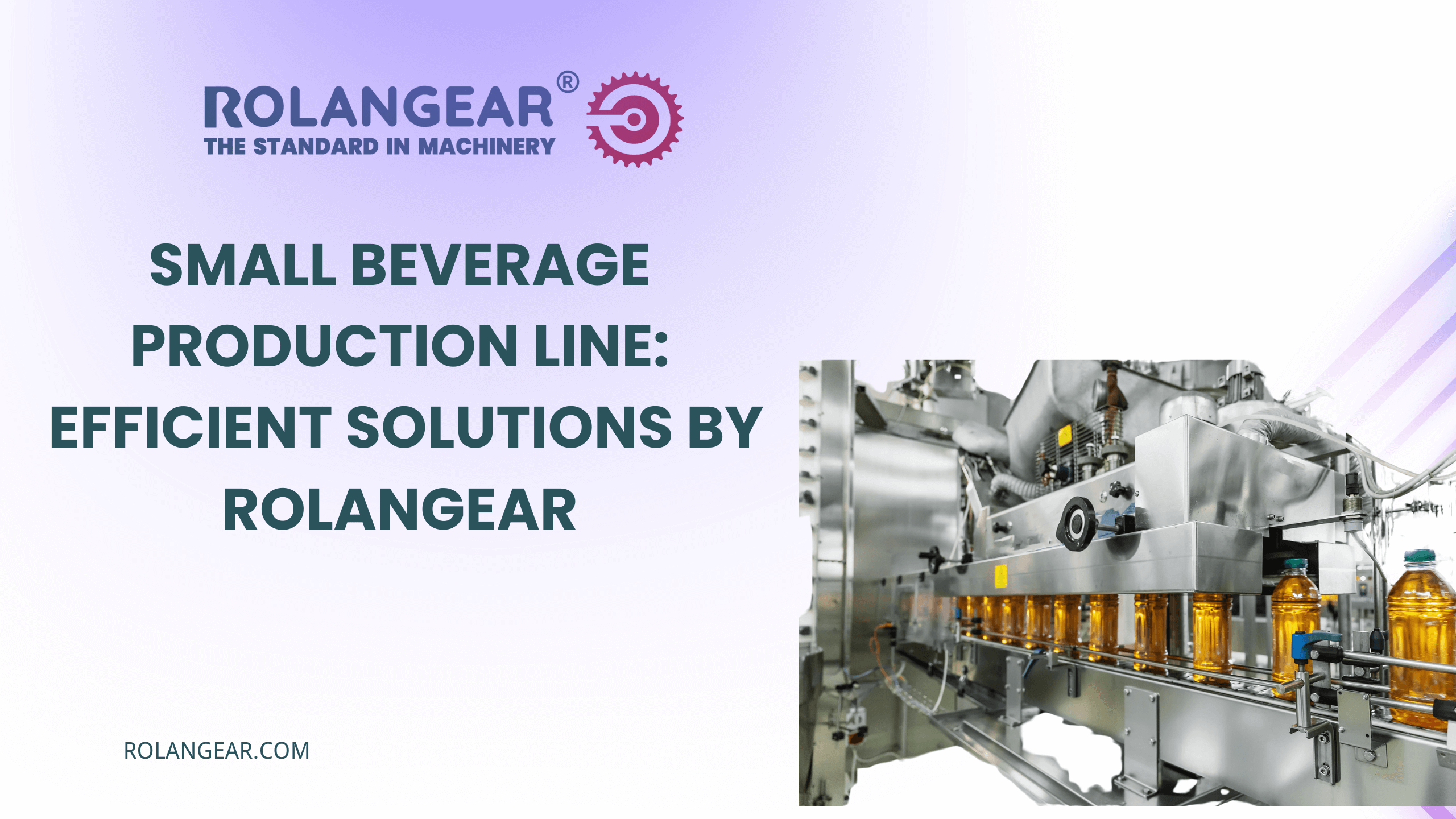How to Build a Low-Cost, High-Efficiency Benchmark Production Line
The production line is the core of factory management, ensuring product quality and operational efficiency. But how can you create a cost-effective and highly efficient production line? How can you maximize production capacity with minimal costs? Let's explore these critical areas:
PART 01: Workshop Production Status Assessment

To improve your production line, it's crucial to start by evaluating its current status. Here are the key focus areas:
1. Process Flow: Analyze the production process for each product type.
2. Staffing: Determine the number of operators at each station and total staff (both direct and indirect).

3. Production Output: Evaluate daily output, monthly production plans, and operational time.
4. Material Costs: Identify materials used for each product type and their unit costs.
5. Work-in-Progress (WIP) Inventory: Examine the number of semi-finished products at each station.
6. Defect Rates: Assess the defect rate at each production stage.
7. Work Hours: Review the workload for each station.
PART 02: Production Line Data Analysis

1. Takt Time (Production Rhythm)
Takt time is a crucial concept in lean manufacturing. It refers to the rate at which products must be manufactured to meet customer demand. This is calculated by dividing the total available work time by the required daily output. By controlling takt time, you can synchronize all processes to achieve balanced production.
For example, if a production line has a daily capacity of 600 units and operates for 8 hours a day, the takt time is:
css
Copy code
Takt Time = (8 hours * 60 minutes * 60 seconds) / 600 units = 48 seconds
This means the production line should produce one finished product every 48 seconds.
2. Cycle Time
Cycle time refers to the actual time required to complete one operation or a set of tasks. While it differs from takt time, the goal is to reduce the gap between cycle time and takt time. A well-balanced production line minimizes this difference through efficient task assignment and workflow improvements.
PART 03: Improving Production Line Layout

Improving your layout can significantly enhance efficiency. Here's how:
1. Optimize Workflow: Arrange processes in a linear sequence to prevent backtracking and overlap, ensuring smooth product flow.

2. Space Utilization: Maximize the use of available space for equipment and materials.
3. Reduce Labor Intensity: Arrange workstations to minimize unnecessary movements, making the process less labor-intensive.
Key Principles:
· Efficient placement of tools and materials.
· Clear and organized workflow.
· Shorter transition times between tasks.
PART 04: Process Improvement and Waste Reduction

To improve efficiency, it's essential to analyze and streamline production processes. By eliminating unnecessary movements and wasteful activities, you can save time, reduce fatigue, and increase safety.
Body Movement Optimization:
· Stability: Minimize unnecessary posture changes.
· Workstation Design: Ensure that workstation height and layout allow operators to work comfortably.
· Minimize Effort: Use tools and materials that require minimal handling.
Work Setup Optimization:
· Standardize material storage locations.
· Keep tools within easy reach to reduce unnecessary movements.
PART 05: Maintaining Production Line Balance

To maintain a stable and efficient production line, focus on the following five principles:
1. Staff Management: Use the "Five Fixed Principles" (fixed posts, responsibilities, staffing, positioning, and quantity).
2. Equipment Management: Implement standardization, position management, and monitor operational rates.
3. Material Management: Control both the quantity and quality of materials throughout the production process.
4. Process Optimization: Balance work methods and management practices.
5. Environmental Stability: Ensure a stable working environment for continuous production.
Benefits of a Balanced Production Line:
· Increased productivity.
· Reduced waiting times and bottlenecks.
· Higher flexibility in response to changes in demand.
PART 06: Building a Benchmark Production Line

Building a benchmark production line involves documenting improvements and tracking results to measure the impact. A systematic approach to summarizing the changes will provide valuable insights for continuous improvement. Key areas to monitor include:
1. Efficiency: Compare staff numbers, production rates, floor space utilization, and work hours before and after improvements.
2. Document Adjustments: Record improvements in manuals, QC diagrams, and process charts.
Remember, production line improvement is an ongoing process. Regular assessments and adjustments are necessary to meet changing market demands and maintain optimal efficiency.
By optimizing your production line layout, balancing takt time with cycle time, and continuously improving processes, you can create a low-cost, high-efficiency production line that serves as a benchmark for operational excellence.





